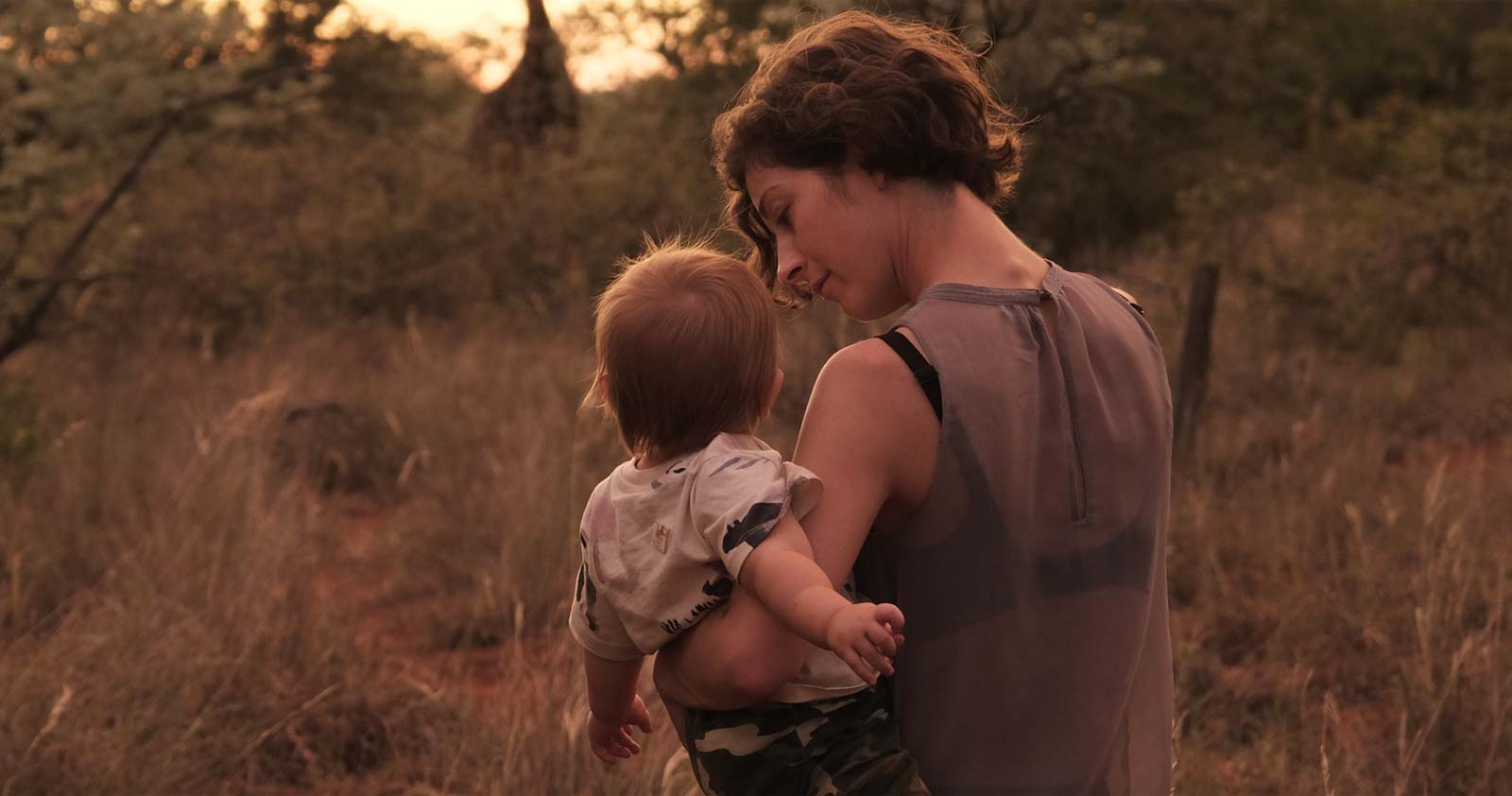Conscious Parenting
The Strategic Case for Applying Positive Psychology to the Woman Behind the Mother
In a world increasingly driven by return on investment, economies of scale, and sustainable value creation, it is curious that one of the most significant drivers of human development—parenting—remains relatively insulated from these frameworks. Conscious parenting, while often discussed in emotional or spiritual terms, is in fact best understood through the lens of capital: psychological capital, emotional solvency, and generational wealth.
Conscious parenting is not a technique. It is not a set of tools. It is a philosophy rooted in the principle that to raise a self-actualized child, the parent must first be self-actualized. The logic is inescapable. A child learns not from what we say, but from what we model. Children mirror the emotional baselines and cognitive habits of the adults around them. If the parent is dysregulated, disoriented, or disconnected from her own sense of meaning, the child inherits that blueprint. If the parent is grounded, attuned, and emotionally literate, the child absorbs those capacities too.
This is where the field of positive psychology enters as a critical method. While traditional psychology focuses on moving individuals from dysfunction to function, positive psychology concerns itself with the optimization of human potential. It treats well-being as a measurable outcome, and more importantly, as a trainable skill. If conscious parenting is the goal, positive psychology is the method. And the subject of that method is the woman behind the mother.

A conscious parent is not a perfect parent
She is an aware one.
She can pause before reacting. She can interpret a child’s tantrum not as defiance, but as a signal. She can tolerate discomfort in herself without displacing it onto her child. This ability—to regulate, reflect, and reframe—is built not by instinct, but by intentional development. And it is here that positive psychology delivers a curriculum: emotional granularity, strengths-based living, mindfulness, gratitude, self-compassion, meaning-making. These are the psychological assets that underpin conscious parenting.
This is not theory. It is systems thinking. If we wish to influence downstream outcomes—lower rates of anxiety in children, stronger interpersonal skills, greater life satisfaction—then we must allocate resources to the upstream variable: the mental fitness of the parent. In operational terms, conscious parenting is a function of the parent’s internal capacity to self-regulate, connect, and lead with values.
And so we reach the logical endpoint. Conscious parenting is not an outcome you can produce without investing in the input. The input is the woman behind the mother. If she is neglected, reactive, and disconnected, the child absorbs this as normal. If she is supported, resilient, and whole, the child absorbs this as possible. Conscious parenting, therefore, is an economic choice. It is a decision to invest psychological capital in a high-yield asset: the next generation.
For families, for societies, for the human future—this is where transformation begins. Not with parenting advice. But with the parent’s own growth. Conscious parenting is the ideal. Positive psychology is the path. And the woman behind the mother is the leverage point.
